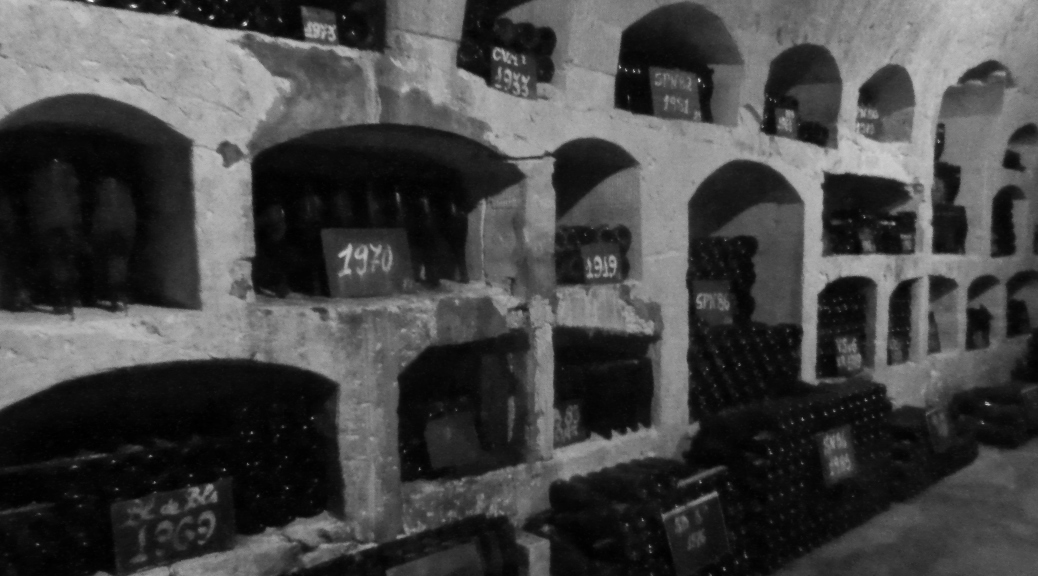What I Learned:
Champagne can only come from Champagne, the region, about 90 miles from Paris. In spite of its proximity to “gay Paris,” champagne did not enjoy great fame until fairly recently. Although grapes were cultivated in the region as early as Roman times, the often cold, foggy climate worked to ensure that grape ripening was not consistent from year to year. Hence the wine was not always good, or plentiful.
Dom Perignon, the seventeenth century cellar master at the abbey in Hautvillers, did much to help make champagne the great wine it is today. As a consequence, he is arguably the most famous cellar master ever, revered by champagne fans worldwide. While he didn’t invent champagne per se, his attention to wine production resulted in superior wines, sometimes naturally effervescent, that attracted the attention of the court of Louis XIV. Eventually, discovery of the secret of the bubbles, and later the secret of disgorgement (expelling sediment from the bottles), as well as refining the secondary fermentation process, resulted in the champagnes we know today.
Now highly controlled, champagne production requires using grapes from designated regional vineyards. (Currently, there are over 400 such vineyards, 17 of which are designated grand cru vineyards, and 44 of which are designated premier cru vineyards.)
Champagne may contain only wines from Pinot Noir, Pinot Meunier or Chardonnay grapes. Champagnes are most often a blend of the wines of these three varietals, as well as a blend of the wines of these grapes of different years. However, it is possible to have a champagne using the wine from just one grape varietal, a bottle of “Blanc de Blanc”, for example, made entirely of Chardonnay. It is also possible, during very good harvest years, to have a millesime, meaning that all the wines in a champagne blend will have been harvested in the same year.
All this blending results in champagnes that are consistent from year to year for each house, thanks to the incredible powers of the tasters, who assemble the “bouquet” of flavors of different wines, in just the right proportions, to create the iconic house champagne taste every year.
What I Tasted:
Castellane, Brut: a light gold color with very fine, swirling bubbles; citrus and toast notes, with a slight hint of sandalwood.
Piaff, Rose, Brut: a light rose color with fine swirling bubbles; a fresh, slightly fruity taste; a dry champagne, yet creamy on the palate.
Castellane, Rose: a light salmon color, with fine bubbles; a dry champagne with slight floral notes
Bauchet Pere et Fils, Cuvee Origine, Brut: a light gold color with fine bubbles; slight toast notes.
Dauby, Cuvee de Reserve, Brut: medium gold color with fine bubbles; green apple on the nose, notes of yeasty bread, and somewhat acidic.
De Venoges, Extra Brut: a light gold color, with fine, lively bubbles; a very dry champagne with a slight note of toast.
Taittinger, Brut: medium gold color with medium bubbles; a definitive yeasty bread taste, somewhat acidic.
Mercier, Brut: light gold color, and fine bubbles; a nose of toast, and creamy on the palate with a very mild acidity; slight floral note.
Vazart Coquart & Fils, Blanc de Blanc, Brut, 2008: light to medium gold color with fine swirling bubbles; notes of toast, vanilla and sandalwood, with a very mild acidity.
